A brief intro into Linux;
Linux is an amazing operating system that I wholeheartedly recommend to anyone who isn’t tied down to the windows operating system. Linux distros have come a long way in recent years and can do almost everything that ‘Windows’ can and has many advantages over windows. Today we will go through how to install Kali Linux 2021.3 in a few easy steps.
Kali is an operating system based on Debian that is used by security experts called penetration testers to test the security of hardened systems. Kali comes with an extensive list of tools that you can use to test how secure your server is, ranging from testing anti-virus software to social engineering attacks and malware.
This operating system is for intermediate to advance users and while it does come with the Gnome Desktop Environment, most of its features will require you to be proficient in the use of the terminal. Don’t let that scare you, the terminal is often easier and quicker than graphical user interfaces.
Let’s get started; Install Kali Linux 2021.3:
Step 1: Create a USB installer

First thing is first, you are going to need to boot into a USB installer to start the installation process. This involves two parts; first, download a copy of Kali Linux 2021.3 from their Official Website. There are two versions of the ISO, one is an installer, the other is for the live version of kali. Choose the one labeled installer.
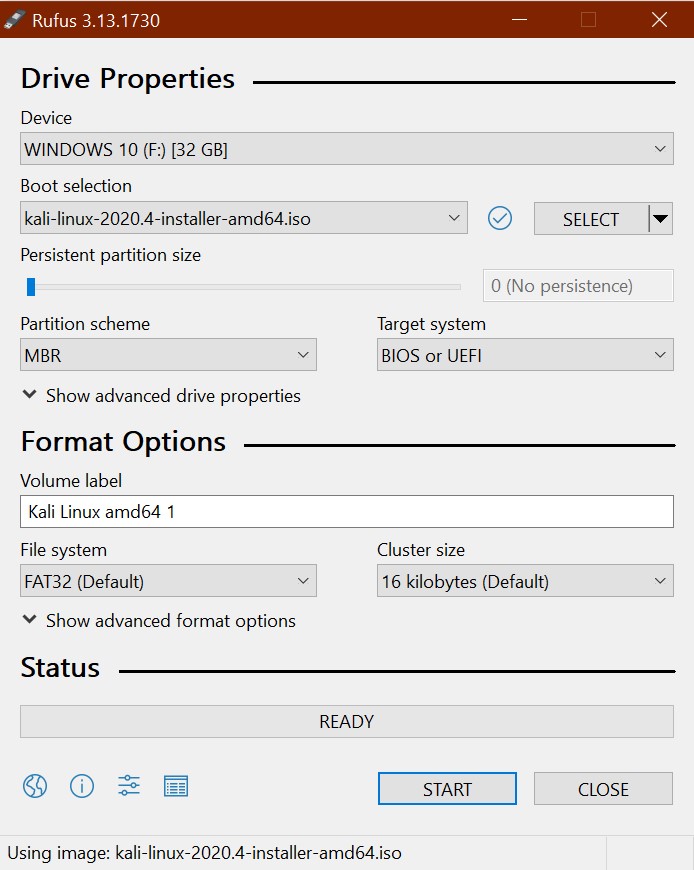
Then download Rufus which is the tool you will need to create your USB installer with a few simple clicks. Click here to download version 3.15 of Rufus or go to Rufus.ie and download the latest version.
Step 2: Boot to the USB drive
Make sure your recently created USB installer is plugged into the computer you would like to install Kali Linux 2021.3 into then power it on and as it boots continuously tap either the F10 or F12 (depends on your computer) function key on your keyboard to enter the boot menu then choose your USB drive to boot into.
Step 3: Start the installation
The Kali USB installer unlike many Linux distro’s does not come with a version of the operating system already installed on the USB drive called “live USB”. If you would like to run Kali as a live USB you will need to create a bootable USB from the live ISO available on the Kali Downloads page.
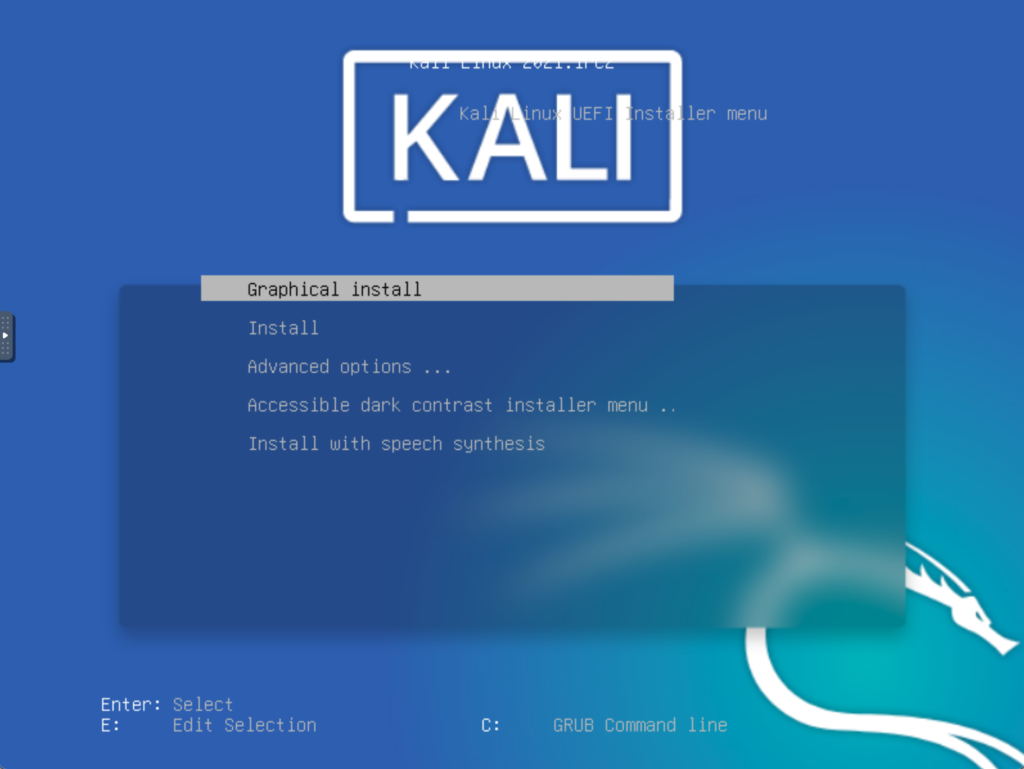
You can choose “Graphical install” to get started; If you run into any problems then select the regular “Install” option.
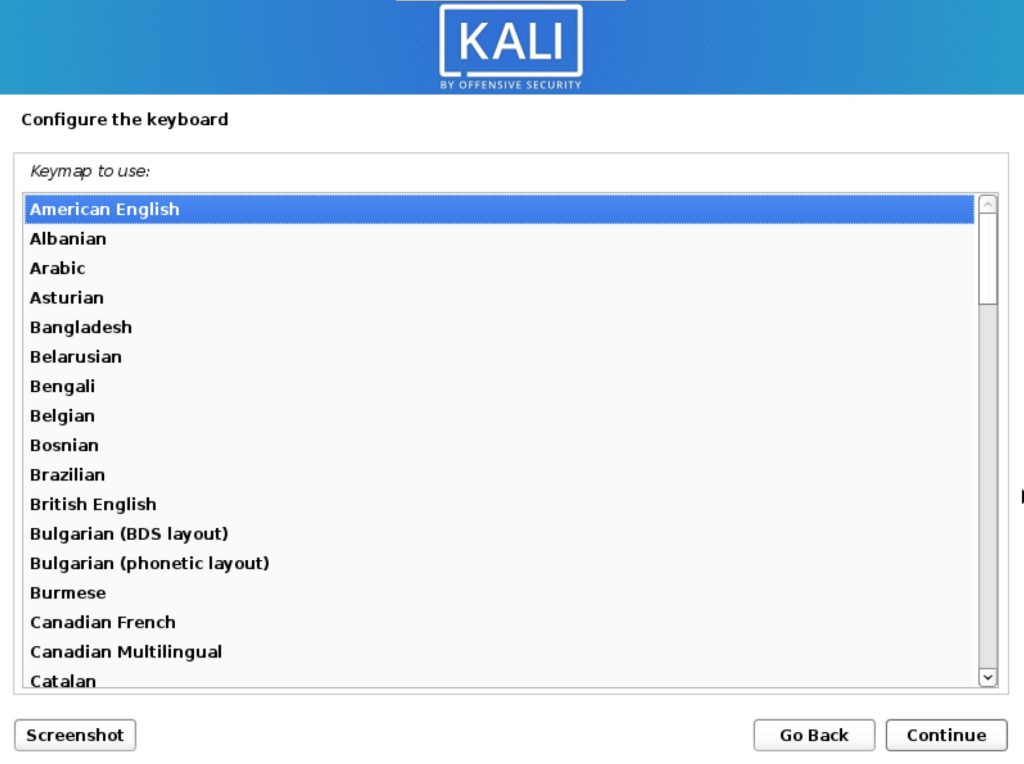
Next, pick your desired language and click continue. Then choose your location before you continue; then choose your keyboard layout and go through any other options you are prompted with.
Step 4: Choose some options
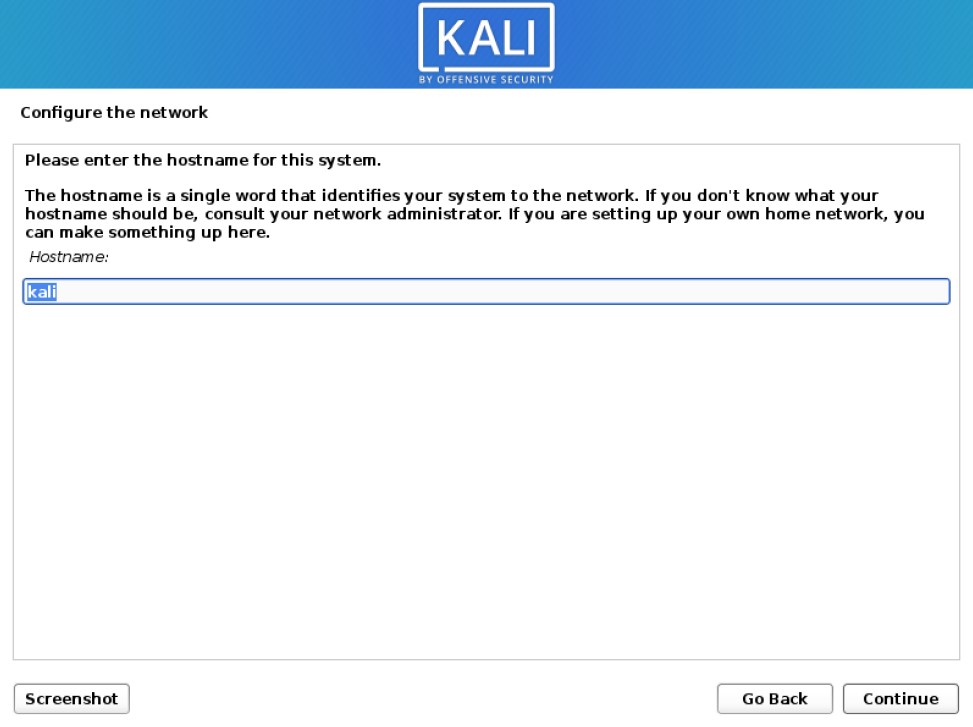
Enter your desired hostname then move on to the next option; a hostname is what identified your computer to the network you connect to.
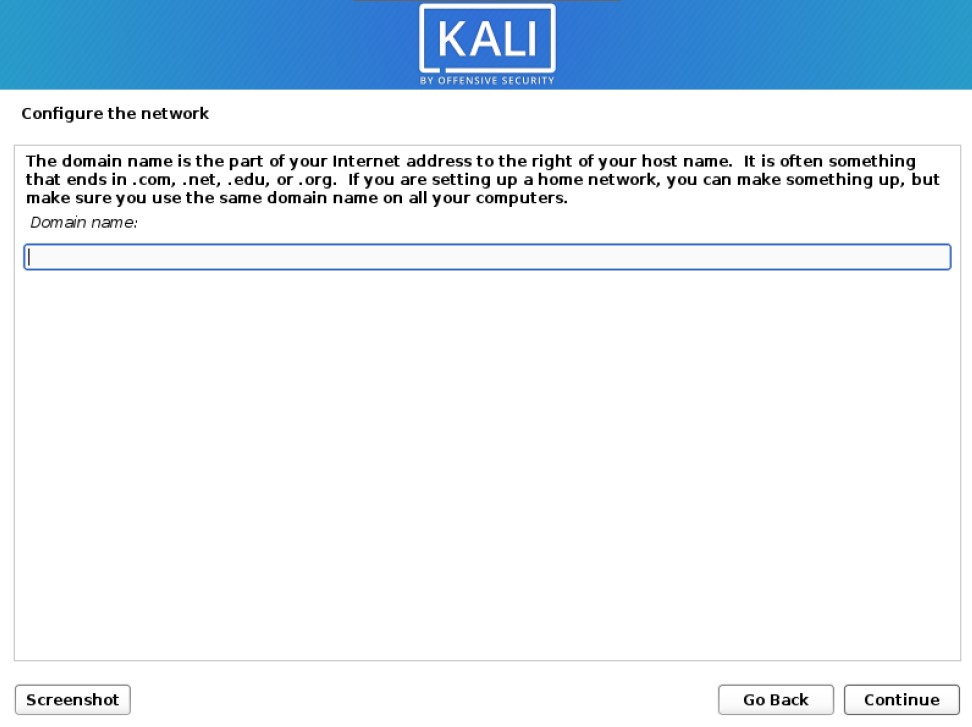
Enter a domain name here if you would like to or leave it blank if you do not have one;
Since Kali 2020.1 you are required to create a Non-Root user which will serve as the default user instead of the traditional root from versions of Kali prior to 2020.1. After installation, if you prefer to use Root you can activate it and set a password if that is the direction you would like to go.
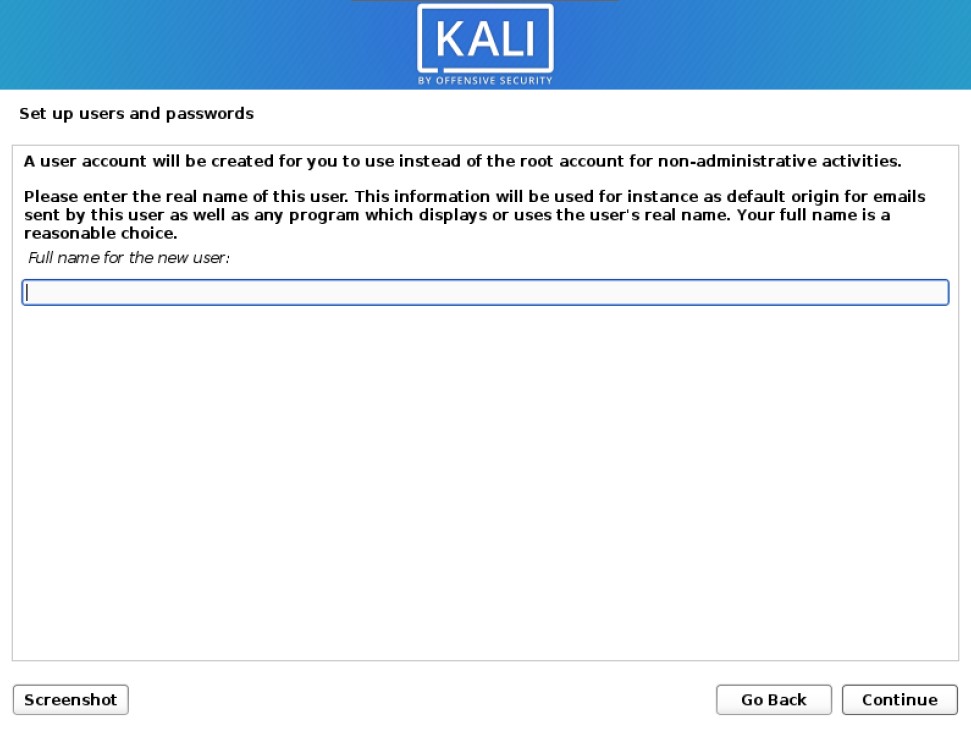
For now enter your desired name, followed by a username, and finally a password.
Step 5: Partition the Drive
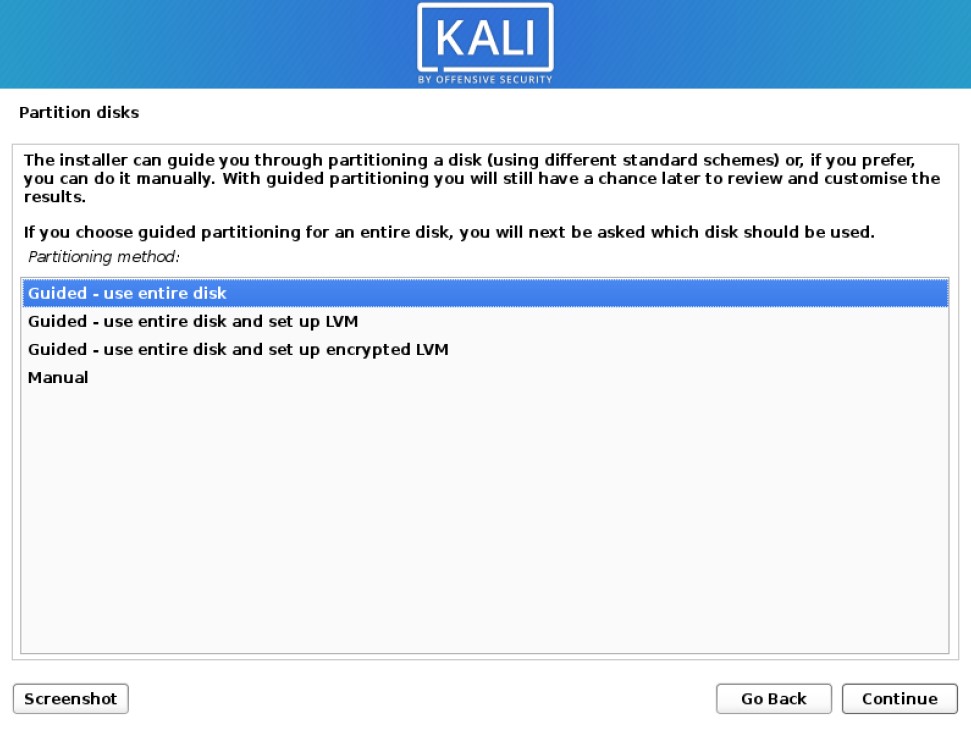
Here you may choose partition options and you may choose to enable and configure whole disk encryption or LVM (logical volume management) or customize your partitions to your own liking. For most people, the default options are probably going to be just fine. Click continue then follow the onscreen instructions to confirm the partition you have chosen.
Step 6: Finalize the Installation
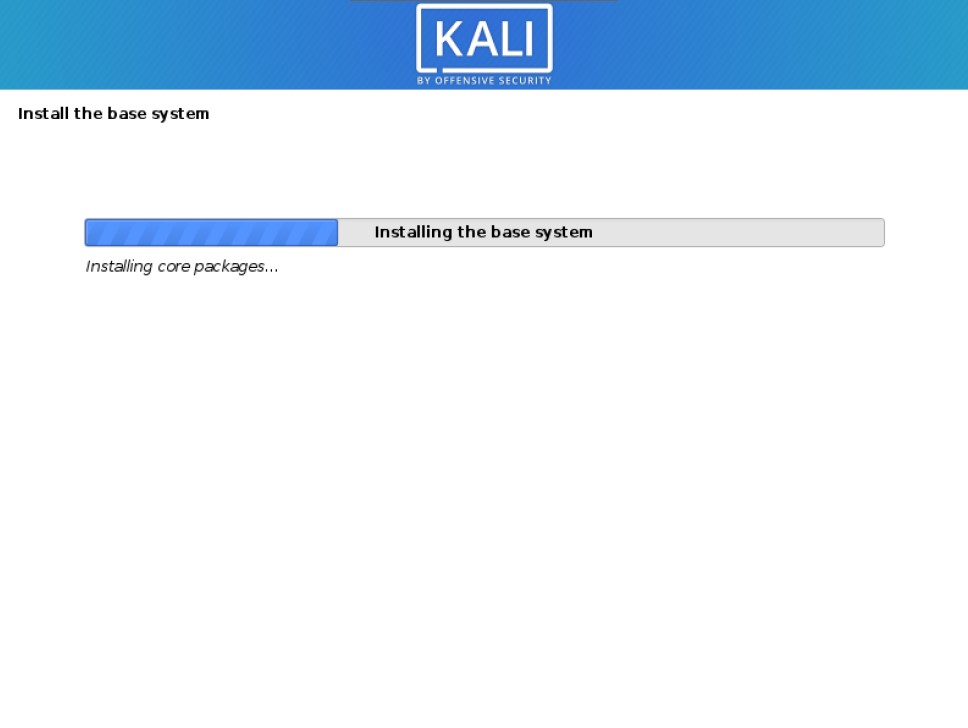
Your installation has begun now, note that this will take several minutes depending on how fast your system is, so grab yourself a drink;
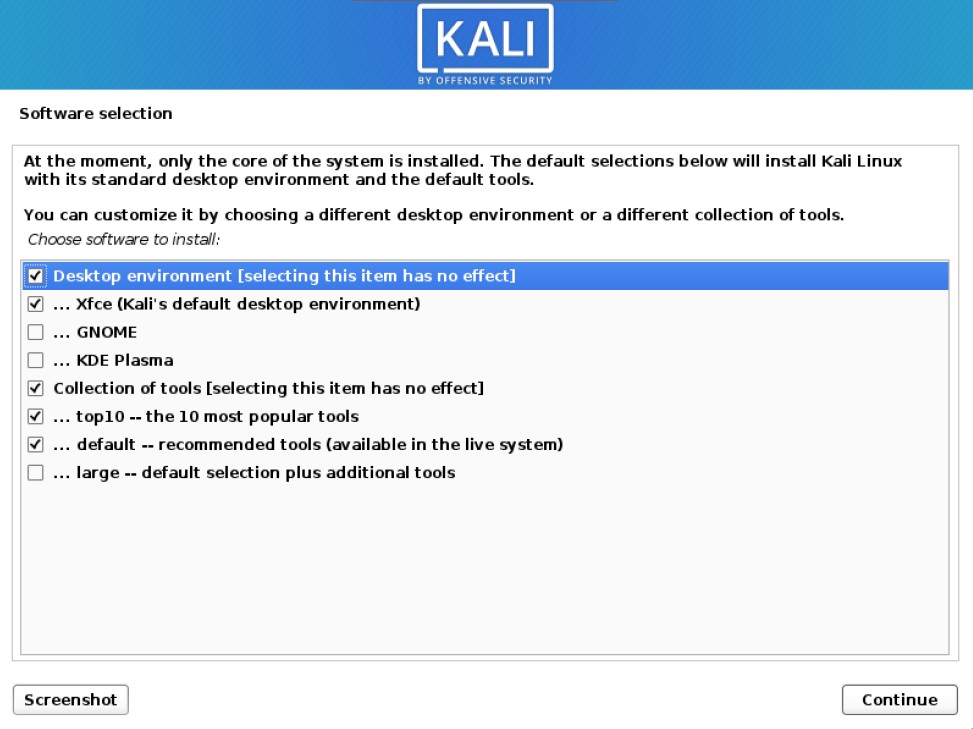
You will be prompted with some software options, which include desktop environments, and what tools you would like to install. Do note that you can install these tools later should you change your mind. Or find that you require more tools than you originally had chosen at installation. XFCE is Kali’s default desktop environment but you can choose GNOME or KDE plasma if you prefer.
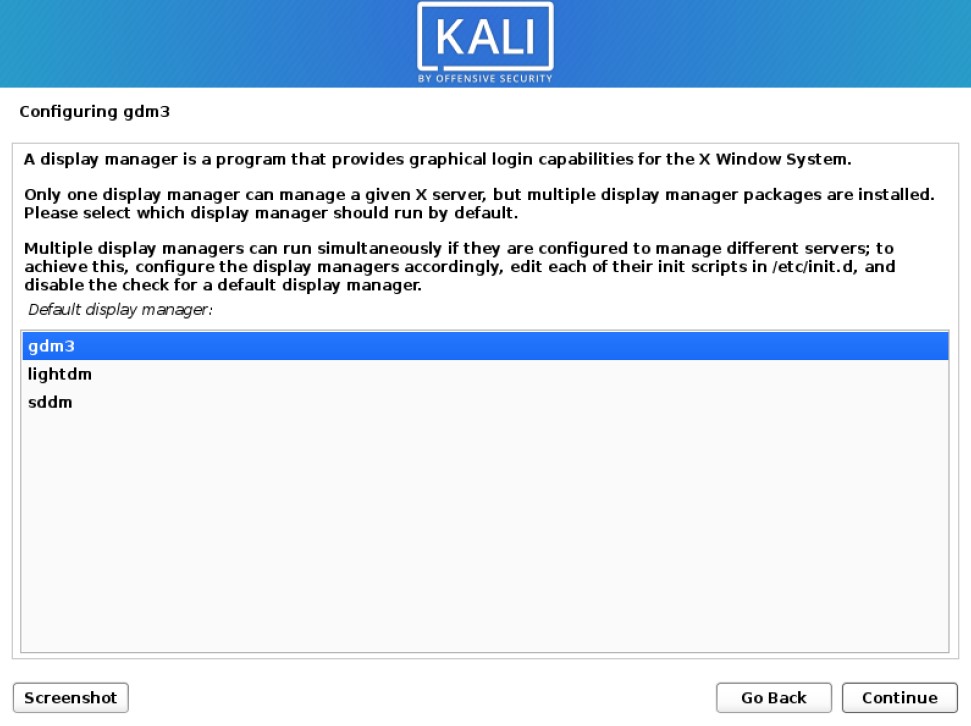
Shortly after you may be prompted to choose a display manager. This may occur if you have chosen to install more than one desktop environment. Select whichever display manager you like best and click continue.
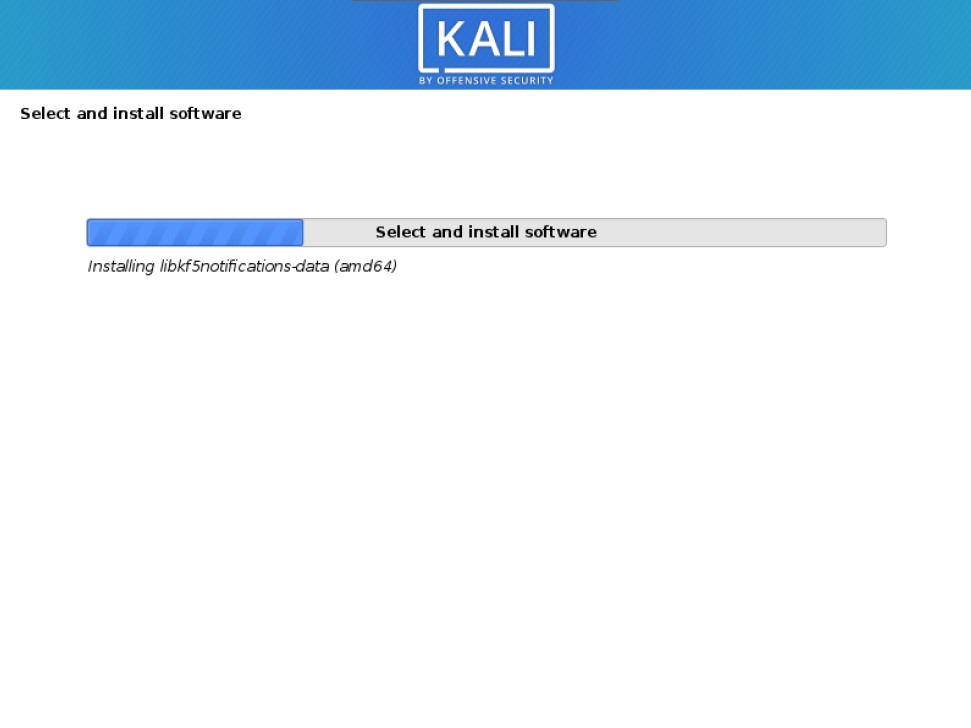
The installation will then continue; this should take a few more minutes depending on how fast your system is. When your installation is complete you will be prompted to restart your system. Click continue and in no time you will be greeted with a login prompt.
Welcome to your Desktop;
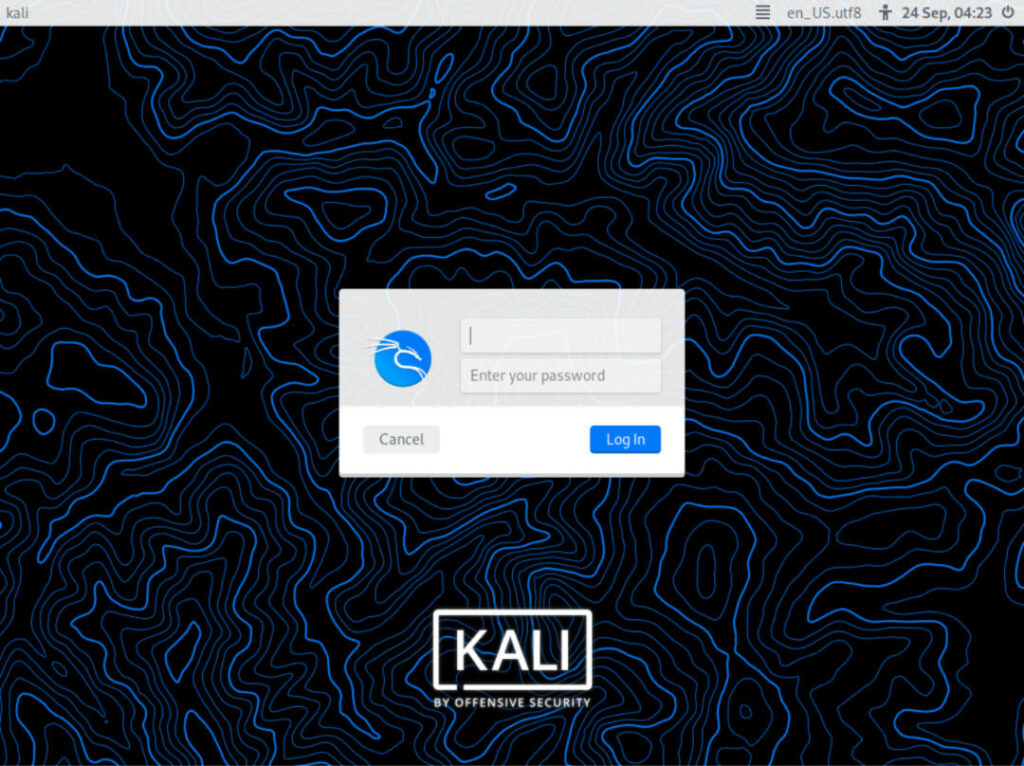
Your installation does not immediately boot up, it does require that you first key in a username and password. Use the username and password you set earlier during setup;
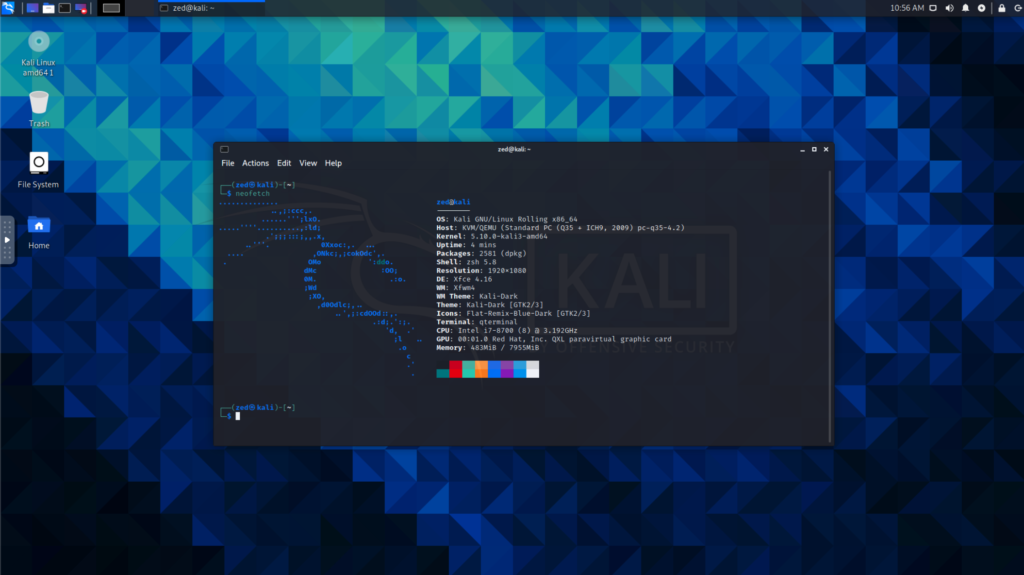
Now that you have installed Kali Linux you can log in. Next, you will be greeted by the desktop environment that you have chosen during installation. You can change the desktop environment later, but for now, do feel free to explore. Feel free to leave a comment below letting me know about your experience with Kali Linux.
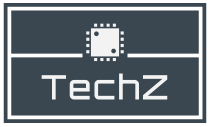
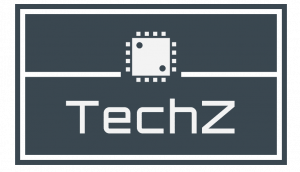

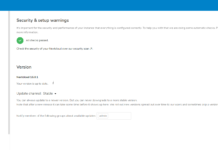
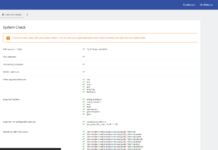
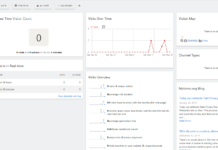
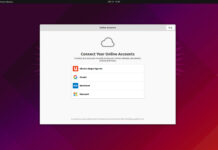
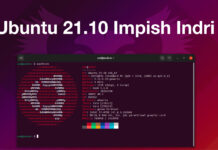

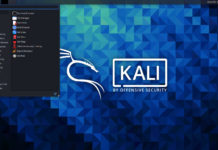

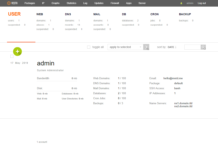


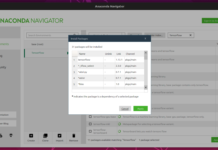
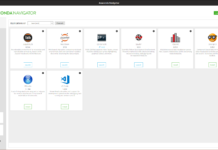

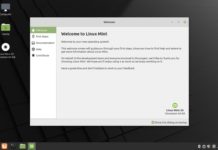

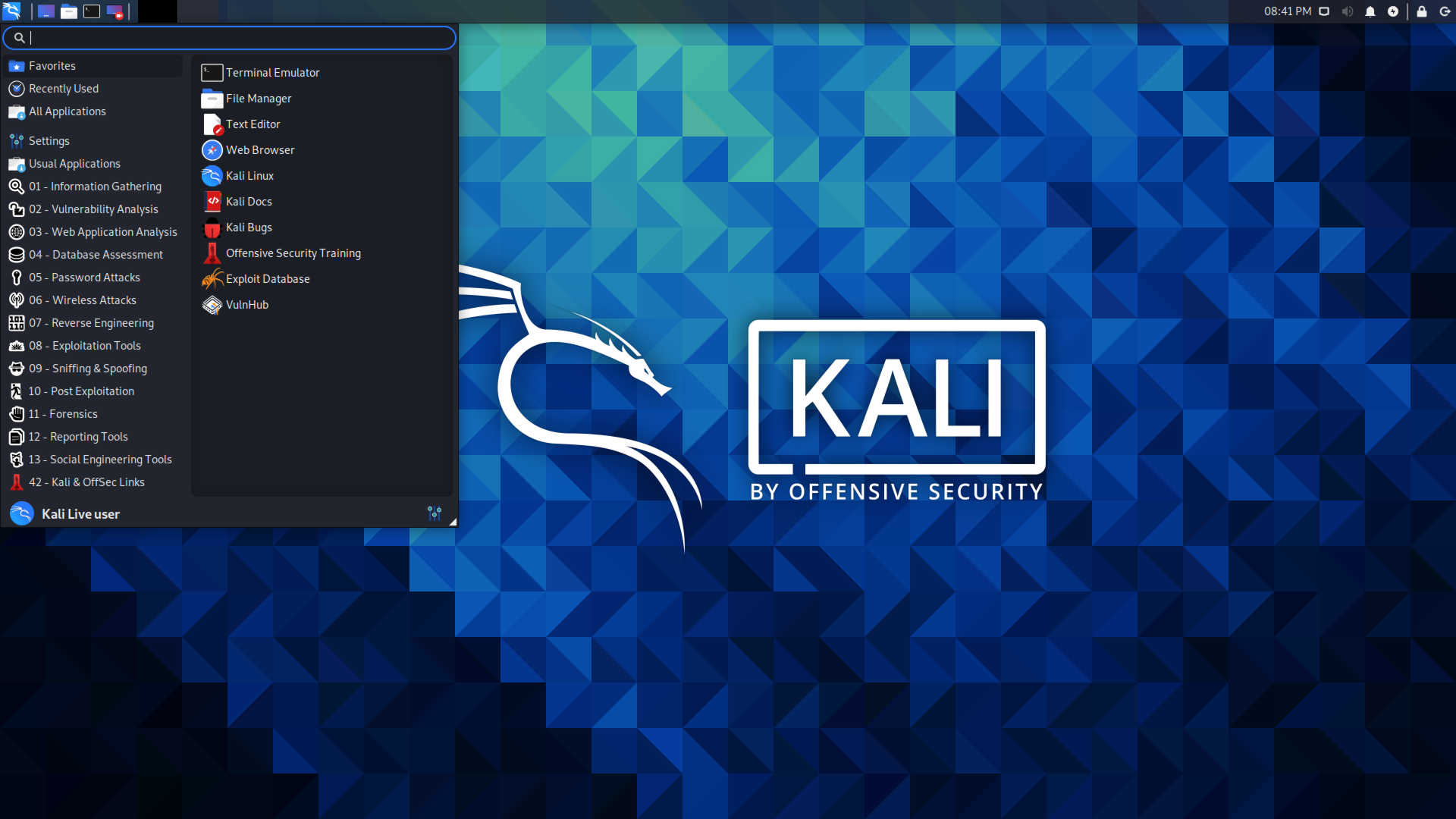

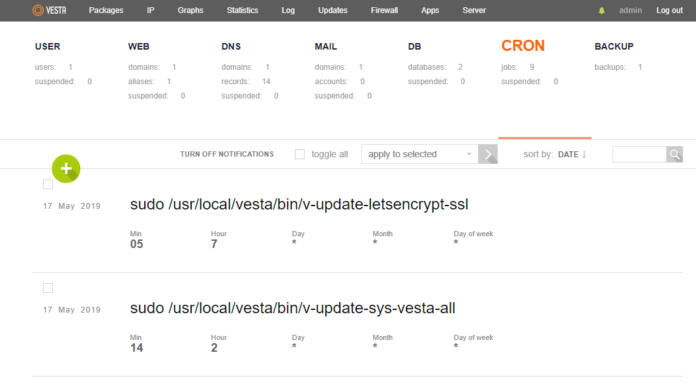







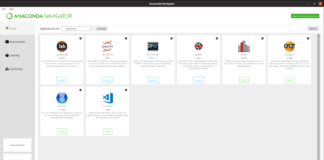
I have installed this O/S more times than you can count. Each time, they system eventually fails in some area. The latest was prompted by the cursor hanging or disappearing altogether. The whole system slowed down, and the keyboard was useless. It seemed to do this in Firefox although an editor may have caused it. At any rate, I do feel there is an insubstantial amount of guidance from the creators of Kali as to what can possibly go wrong. Can you recommend an alternative system? I use wireless hacking, O/S recon and many sophisticated tool which are found in kali. I’ve tried Ubuntu but it really sucks.
Thanks
Hey Efrom,
Although Kali Linux supports a lot of hardware configurations, sometimes you will encounter issues, if your hardware is either too old or too new.
Besides Kali Linux, Parrot OS is another good pen-testing operating system. Like Kali it comes with pen-testing tools pre-installed. However, do note that their website can only be accessed through the non www version. You can access their site at parrotsec.org I have written a guide for you here.
Should Parrot OS not match with your hardware configuration, the next thing I would suggest is Manjaro. I like the OS because, since it’s based on Arch, you can build packages from source right in the package manager. But do keep in mind you will have to install all the tools yourself.
I also recommend trying different desktop environments to find one that best suits you.
Regards,
Zed